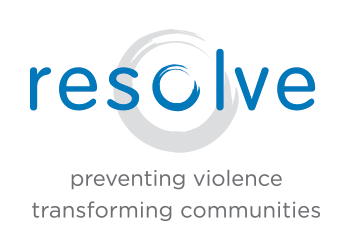“Courage starts with showing up and letting ourselves be seen.” – Brené Brown
It takes extreme courage to show someone else our true selves and tell them about our deeply personal experiences. We fear judgment, rejection and laughter. We hold our breath when we share something for the first time, unsure of how s/he will respond.
It is easy to forget that this is also a vulnerable time for the other person. Each time we disclose something personal, it is not just a chance for him/her to evaluate us; it is an evaluation time for us of the other person too.
Did s/he listen intently? Did s/he laugh? Did s/he hold your hand and tell you that you were brave for sharing?
Depending on the response of the other person after we share something important, we have the opportunity to either:
A) choose to deepen the relationship
B) choose to distance ourselves from the other person
or
C) keep the relationship the same and continue to evaluate.
When we teach Exploring Healthy Boundaries in our children’s classes for schools and community groups, this is exactly what we are examining. How can we learn to trust others appropriately in a way that they have deserved and earned? How might we become more vulnerable to mistreatment and/or violence if we do not respond to the cues or reactions they have given us? How can we remain distanced and disconnected from others if we don’t forge connections based on others treating us well? How do we decide who is a resource to go to when things go wrong?
What does vulnerability have to do with safety? Everything.
There are times that sharing vulnerability can feel scary and delicious and raw. Other times, feeling vulnerable simply feels scary. By evaluating those experiences, we discover more about who we can trust to be close with us and whom we should keep further away. This may help us avert a dangerous experience — whether physical or emotional — and it may indicate whom we can go to when we feel hurt and/or need help.
